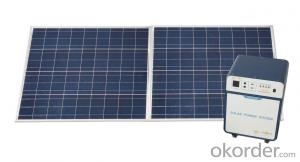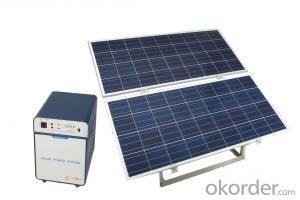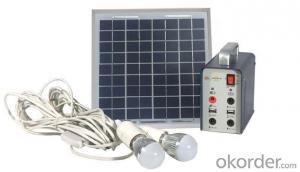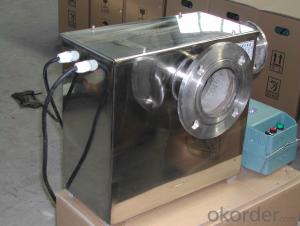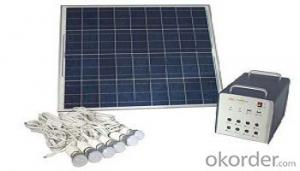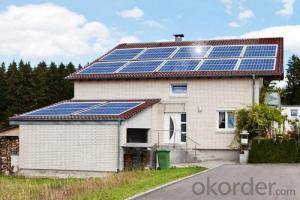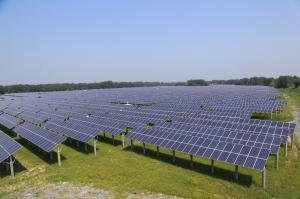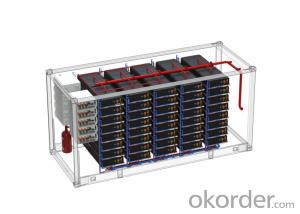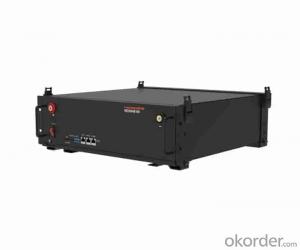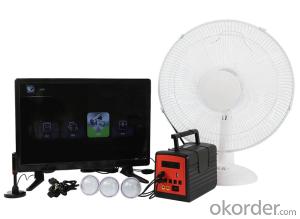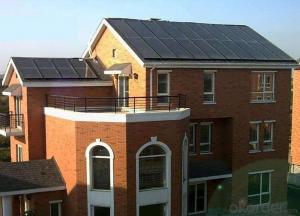Sps Solar Inverter
Sps Solar Inverter Related Searches
Ac Inverter For Solar Panels Solar Panel With Ac Inverter Gas Furnace With Ac Panda Hot Water Bottle Cover Minion Hot Water Bottle Cover Abb Solar Water Pump Inverter Solar Water Pump Philippines Extra Long Hot Water Bottle Solar Panel Dc To Ac Inverter Old Fashioned Hot Water BottleHot Searches
Solar Inverter Off Grid Price Off Grid Solar Inverter Price Solar Inverter Off Grid 1000w Type Of Inverter For Solar Types Of Inverter For Solar Used Solar Inverter For Sale Inverter Size For Solar System Solar Edge Inverter For Sale 5kw Solar Inverter For Sale Solar Inverter For Sale Solar Inverter For Battery Solar Inverter For Split Ac Solar Inverter For Laptop Solar Inverter For Fridge Solar With Inverter Price Solar Inverter With 2 Battery Solar Inverter Price In China Best Solar Inverter In China Solar Inverter Price In Dubai Solar Inverter Price In UaeSps Solar Inverter Supplier & Manufacturer from China
Okorder.com is a professional Sps Solar Inverter supplier & manufacturer, offers integrated one-stop services including real-time quoting and online cargo tracking. We are funded by CNBM Group, a Fortune 500 enterprise and the largest Sps Solar Inverter firm in China.Hot Products
FAQ
- Yes, solar energy systems can be used in mining operations. Solar power can provide a sustainable and reliable source of electricity for various mining activities, such as powering equipment, lighting, ventilation, and processing plants. It reduces dependence on traditional fossil fuel-based energy sources, lowers operational costs, and minimizes environmental impacts. However, the feasibility and effectiveness of solar energy systems in mining operations depend on factors like location, energy demands, and technical considerations.
- Hail can potentially cause damage to solar panels due to its impact force. The size, density, and velocity of hailstones determine the severity of the impact. Hail can crack or shatter solar panels, leading to reduced efficiency or complete failure of the system. However, advancements in solar panel design and materials have made them more resilient to hail damage, with many panels tested to withstand hailstones of a certain size and speed.
- Yes, there are various government incentives available for installing solar energy systems. These incentives can include tax credits, grants, rebates, and net metering programs. These incentives aim to promote the adoption of renewable energy and make solar installations more affordable for individuals and businesses.
- Yes, solar energy systems can definitely be used in powering warehouses or distribution centers. In fact, many businesses are increasingly adopting solar energy as a sustainable and cost-effective solution for their energy needs. Warehouses and distribution centers are typically large facilities with ample roof space, making them ideal candidates for solar panel installations. By installing solar panels on the roof or ground of these facilities, the generated solar energy can be used to power various operations within the warehouse or distribution center. This includes lighting systems, climate control, refrigeration units, conveyor belts, and other machinery or equipment. The generated energy can also be stored in batteries for later use during cloudy days or at night. Several advantages make solar energy systems a great fit for warehouses and distribution centers. Firstly, solar power helps reduce reliance on the traditional grid, leading to reduced electricity bills and long-term cost savings. Moreover, as solar energy is a renewable and clean energy source, using it reduces greenhouse gas emissions and contributes to a more sustainable business operation. In addition to the cost and environmental benefits, solar energy systems can also provide businesses with energy independence and resilience. By generating their own power, warehouses and distribution centers are less vulnerable to power outages or fluctuations in the grid, ensuring uninterrupted operations and minimizing downtime. Overall, the use of solar energy systems in powering warehouses and distribution centers presents numerous advantages, including cost savings, sustainability, energy independence, and operational resilience. As a result, more and more businesses are embracing solar energy as a reliable and efficient solution for their energy needs in these types of facilities.
- Power optimizers play a crucial role in a solar energy system by maximizing the energy output of each individual solar panel. They ensure that panels operate at their maximum efficiency, even when one panel is underperforming due to shading or other issues. By individually monitoring and optimizing the power output of each panel, power optimizers enhance the overall system performance and improve the overall energy harvest of the solar installation.
- Yes, solar energy systems can still be used in areas with frequent snowfall. While snow can reduce the efficiency of solar panels, it does not render them completely useless. Proper design and maintenance can help ensure that snow is quickly cleared from the panels, allowing them to continue generating electricity. Additionally, advancements in technology and the use of tilt mounting systems can also improve their performance in snowy conditions.
- Yes, solar energy systems can be used in areas with limited roof access for maintenance. In such cases, alternative mounting options like ground-mounted systems or solar canopies can be utilized, allowing for easier access and maintenance of the solar panels. These alternative solutions ensure that solar energy can still be harnessed effectively in areas where roof access is limited.
- Printing presses and publishing houses can be powered using solar energy systems. Solar panels can harness the renewable and sustainable power of the sun and convert it into electricity. This electricity can then be used to operate various equipment found in publishing houses, including printing presses, computers, and machinery. By installing solar panels on the rooftops of these facilities, a significant amount of electricity can be generated. This reduces the need for traditional energy sources and lowers utility costs. The size of the solar energy system required will depend on the specific energy demand of the facility, but it is entirely feasible to power printing presses and publishing houses with solar energy. Solar energy systems also provide a reliable and consistent source of power, as long as there is sufficient sunlight available. This is especially advantageous in regions with abundant sunlight, as the facilities can potentially become self-sufficient in terms of electricity generation. Furthermore, utilizing solar energy systems for powering printing presses and publishing houses has environmental benefits. Solar power is a clean energy source that produces no greenhouse gas emissions or air pollution during operation. By switching to solar energy, these facilities can significantly reduce their carbon footprint and contribute to a more sustainable future. In conclusion, solar energy systems offer a renewable, sustainable, and environmentally friendly alternative for powering printing presses and publishing houses. They provide the potential for cost savings, energy independence, and a reduced carbon footprint.
